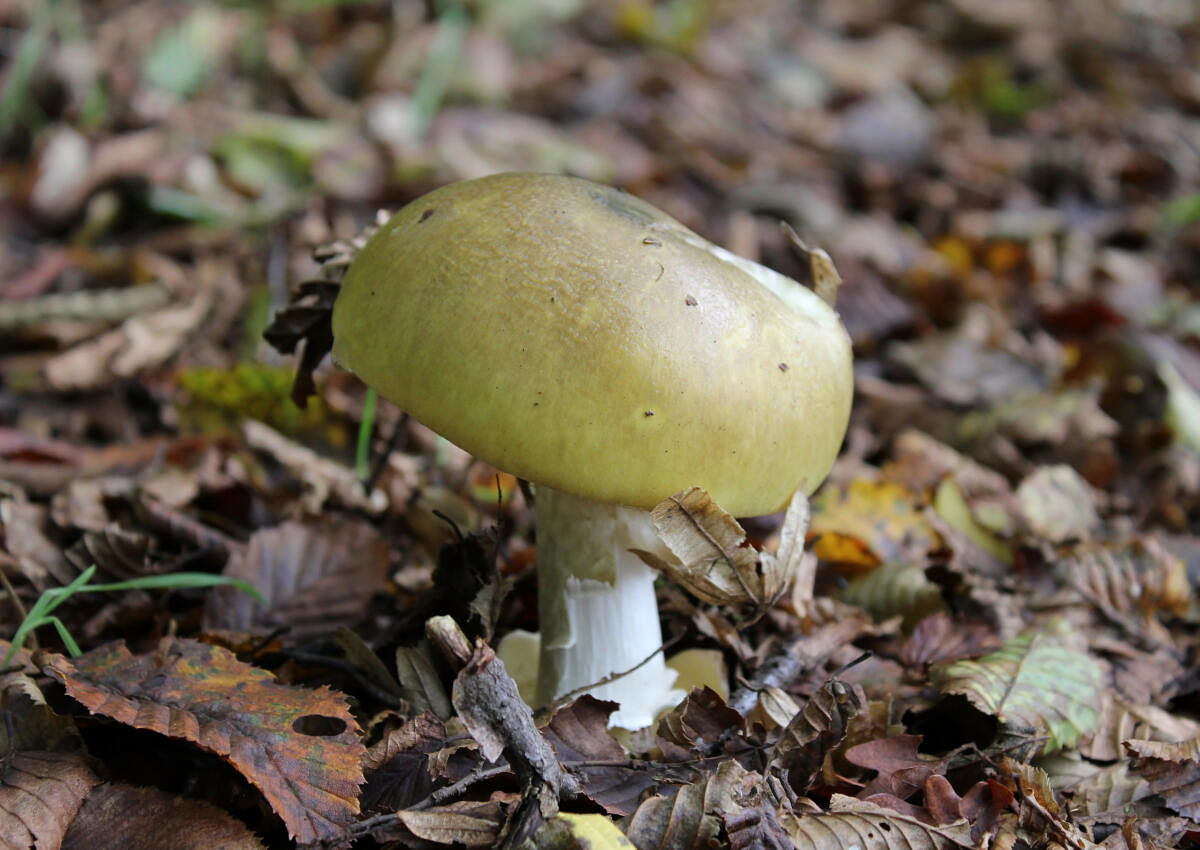Mushrooms, a delight in the fungi world, are full of flavours—earthy, musty, woody and even slightly meaty—satiating the palette with savoury gust. But some mushrooms, like the death cap mushrooms, are born to kill, quite literally. Death cap mushroom (Amanita phalloides) is the world’s deadliest mushroom. Just half a mushroom can kill an adult within hours. About 90% of mushroom-related deaths globally are due to this mushroom. Bravehearts who have tasted the death cap say it has a pleasant taste.
Native to Europe, death cap mushroom spores have travelled the world, hitchhiking on logs. The mushroom typically grows at the base of trees like oaks, chestnuts, pines and spruces, and where it is introduced, it looks for locally invasive trees to thrive. Death caps, with a white stalk and a yellow-green or olive-bronze cap, are easily mistaken for other edible species like straw mushrooms or Caesar’s mushrooms. Hence, wild mushroom foragers are at a higher risk of death cap poisoning. Many species of the genus Amanita are found around the world, including one in India, and are similarly toxic.
What makes the mushroom so deadly is 훼-Amanitin, a peptide that can damage the kidneys and liver by blocking the production of certain enzymes needed to make vital proteins. Until now, no known antidote worked against this toxin and hence it was difficult to treat death cap mushroom poisoning. This fatal fungus is thought to have killed Charles V1, the 18th century Holy Roman Emperor and Russian Tsaritsa Natalia Naryshinka, mother of Peter the Great.
However, in a recent study, scientists have discovered that a common dye used in medical imaging, called indocyanine green, prevents liver and kidney damage caused by 훼-Amanitin. Laboratory experiments have shown the dye inhibits the working of the protein STT3B, which the toxin needs to continue its damage. They hope this antidote can save those unfortunate victims of death cap poisoning.
